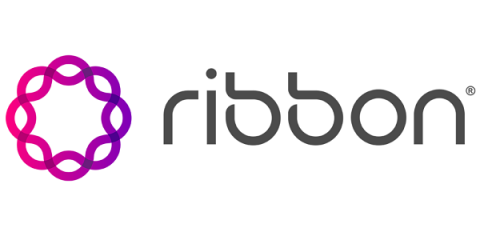Modernized Communications Needed For A Smooth Evolution To Smart!
As I’ve discussed in my previous blogs in this series, smart networks are becoming increasingly important in an ever-increasing range of industries. These smart networks can deliver significant benefits, but there are some risks, challenges and issues associated with moving to “smart”. In my final blog in the series I will discuss what is required from a modernized communications network to counter some of these risk, challenges and issues.











